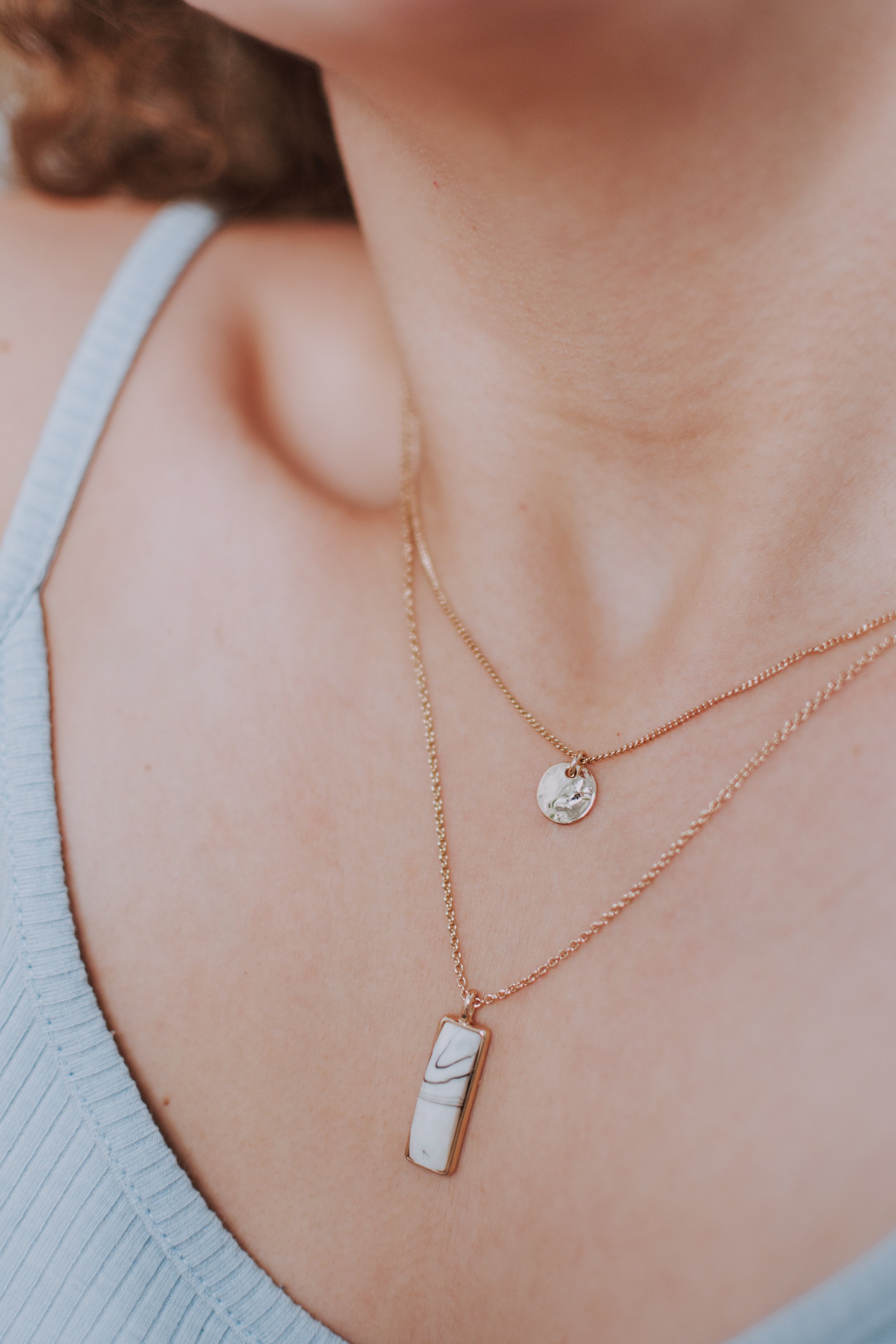A little romance to boost post-holiday sales
November and December may make up nearly one-third of the average jeweler’s annual revenue, but February is no slouch. Between Chinese New Year and Valentine’s Day, jewelry sales during the month can be a powerful revenue driver. Though average purchases during Valentine’s Day may be less than US$200 on average, these customers are more likely to remain loyal later in the year when they are ready to spend more.
According to the National Retail Federation (NRF), consumers in the US alone spent nearly $22 billion on Valentine’s Day in 2021. “There is no question the pandemic has disrupted many aspects of Americans’ daily interactions and activities,” said NRF President and CEO Matthew Shay. “However… consumers are committed to celebrating friends and loved ones, even if that means having to alter those traditional holiday celebrations.”
Small purchases, big value
Valentine’s Day is about more than chocolate, of course. Every retailer knows that the holiday is a sales driver. But it’s easy to ignore if you consider that the average jewelry spend on Valentine’s Day is less than US$200.
In marketing, we look carefully at a metric called customer lifetime value, or CLV. This measures not one-time purchases but the value of a customer over the lifetime of your relationship with them, and incentivizes your team to think about the relationship with the customer instead of one-off large purchases. A small one-time purchase can grow into a life-long attachment to your brand, with repeat purchases and word-of-mouth growing the customer’s value far beyond the small investment they might make on Valentine’s Day.
Here are a few ideas to set you apart on Valentine’s Day and help to build customer affection – and repeat buyers – for you and your brand.
Variations on the traditional
Many customers default to diamonds on a gold or silver band. While rings might be the most exciting Valentine’s gift, many more customers are looking for something unique and sentimental to give a loved one. A creative expression of your brand or aesthetic on a necklace or earring can be especially meaningful, allowing your customer to share something that speaks to them.
Tennis bracelets are another alternative to the traditional ring, albeit one that feels more familiar. While the materials may be similar, a tennis bracelet can be an elegant expression of love beyond the traditional ring.
Thinking sustainably
The story behind the materials you use in your collection can be another way to appeal to your customers. Sustainability is especially popular this year, as consumers look to make purchases that have personal and global meaning. And consumers are more likely to buy – and buy more – if the product is sustainable, according to recent Nielsen data.
Lab-grown diamonds and recycled gold hold special appeal for many consumers, and can actually reduce costs on the supply side thanks to their renewable nature.
Growing the pool
Many retailers find that last-minute buying the week before Valentine’s Day clears the shelves, real and virtual. Progressive pricing can help to relieve the strain and increase overall sales by offering steep discounts that gradually decline as the date gets nearer. Such sales don’t just spread out the peak sales period, but tend to increase overall cart value.



